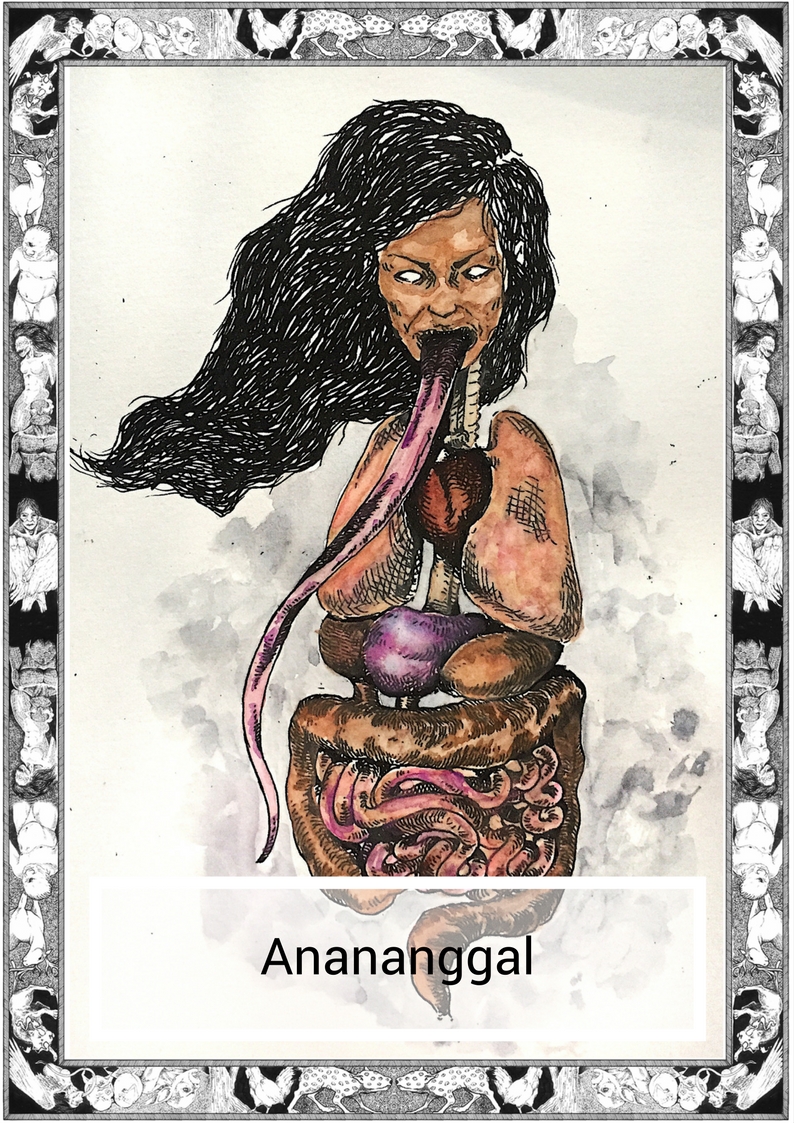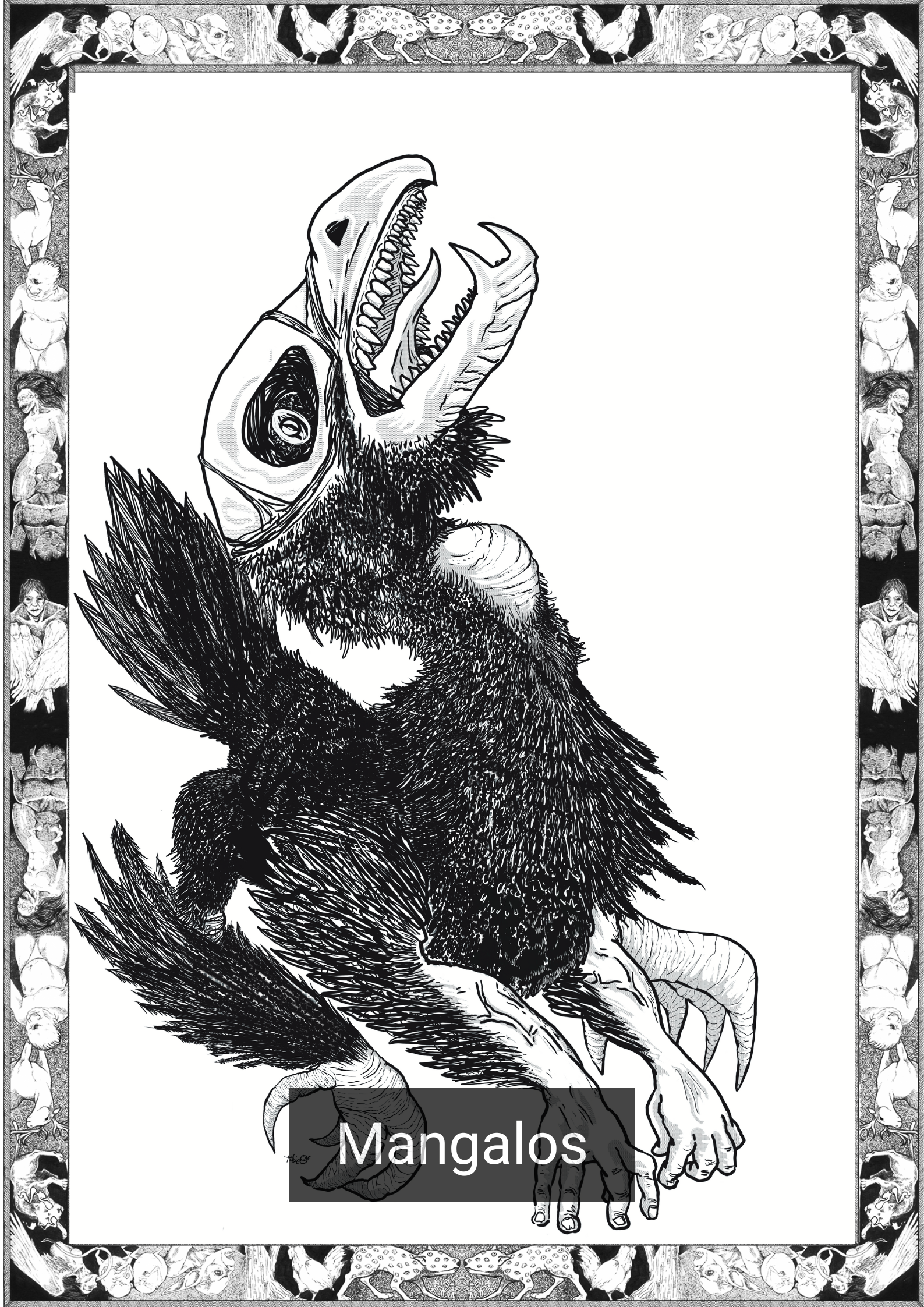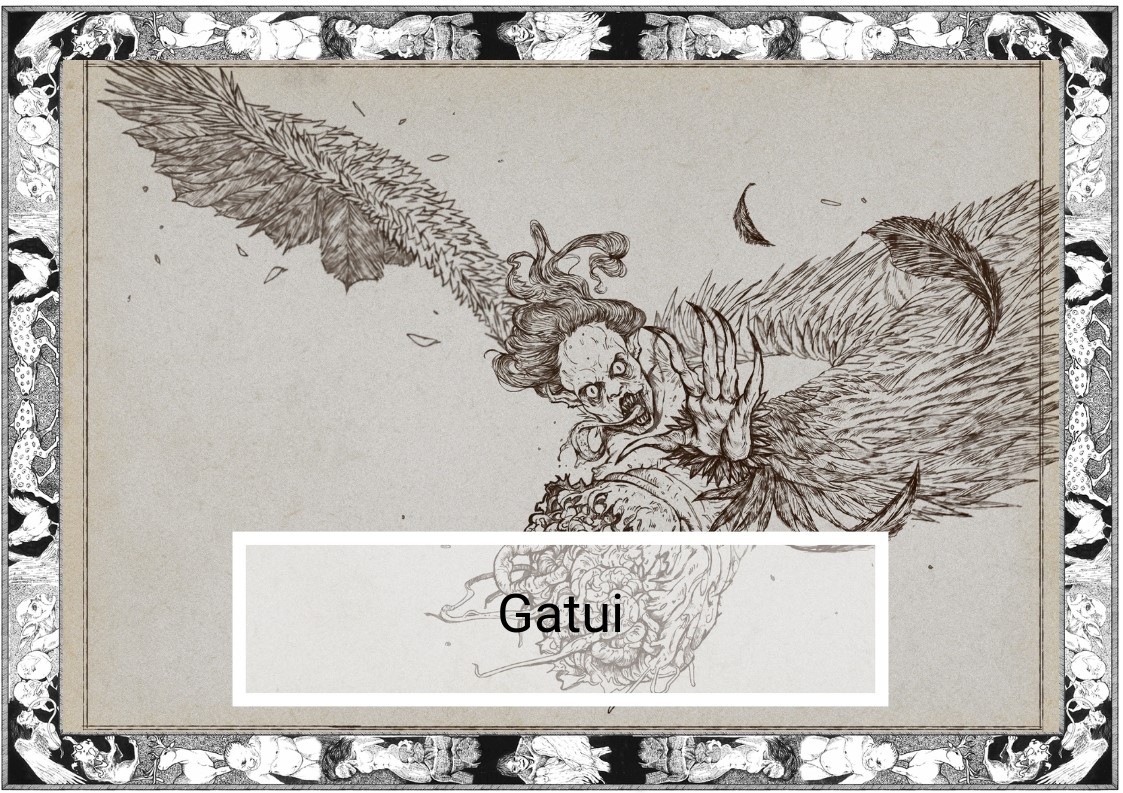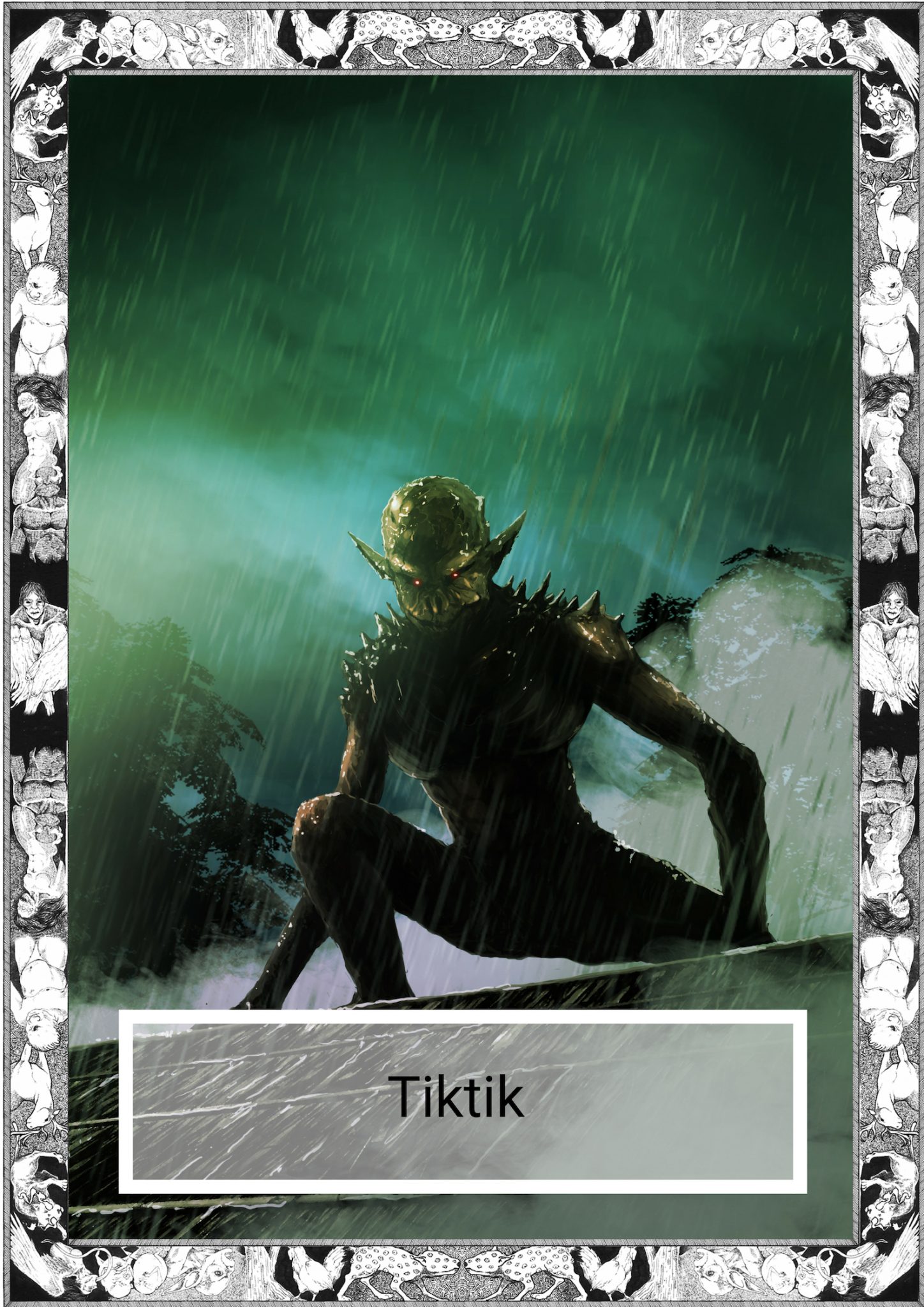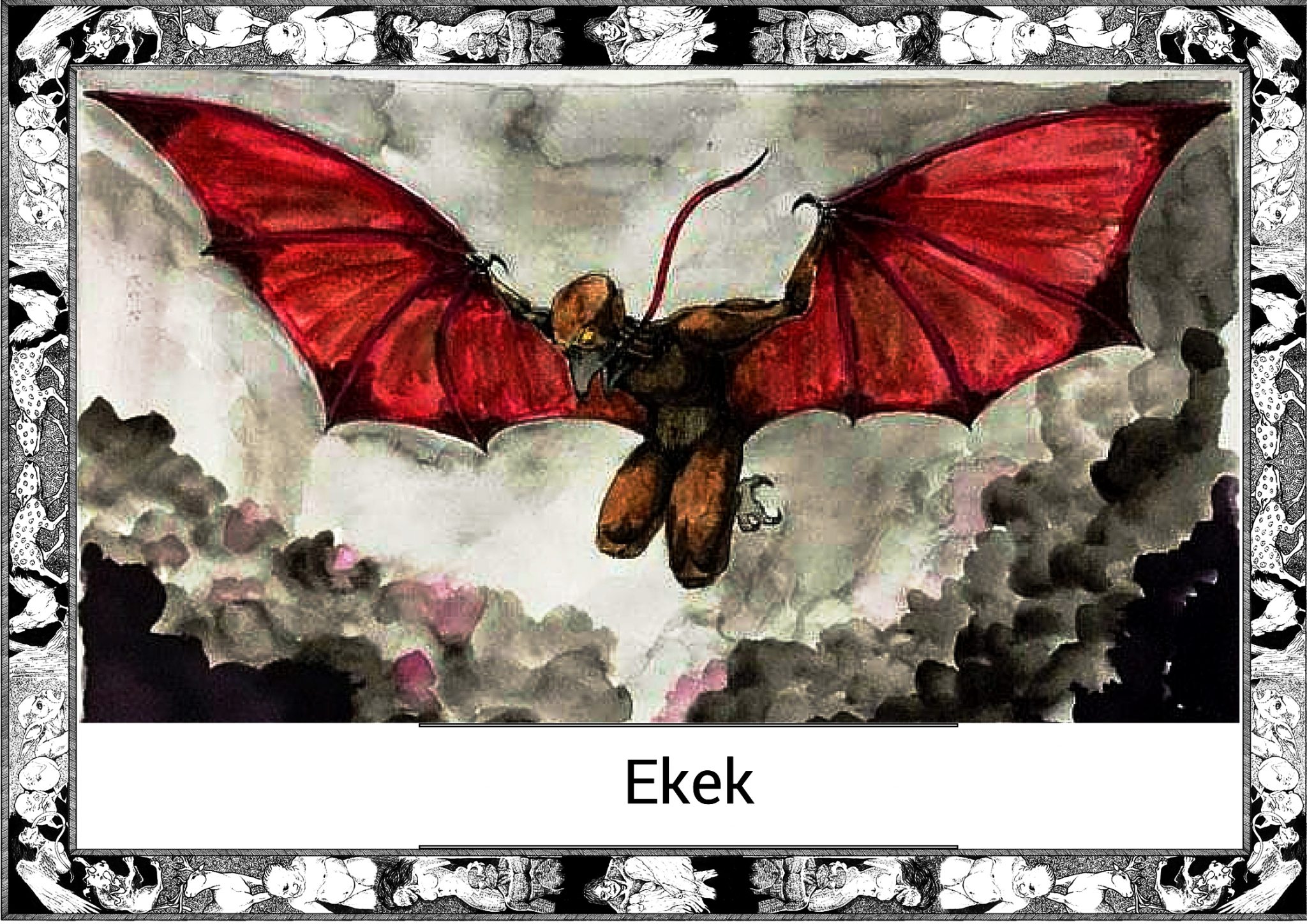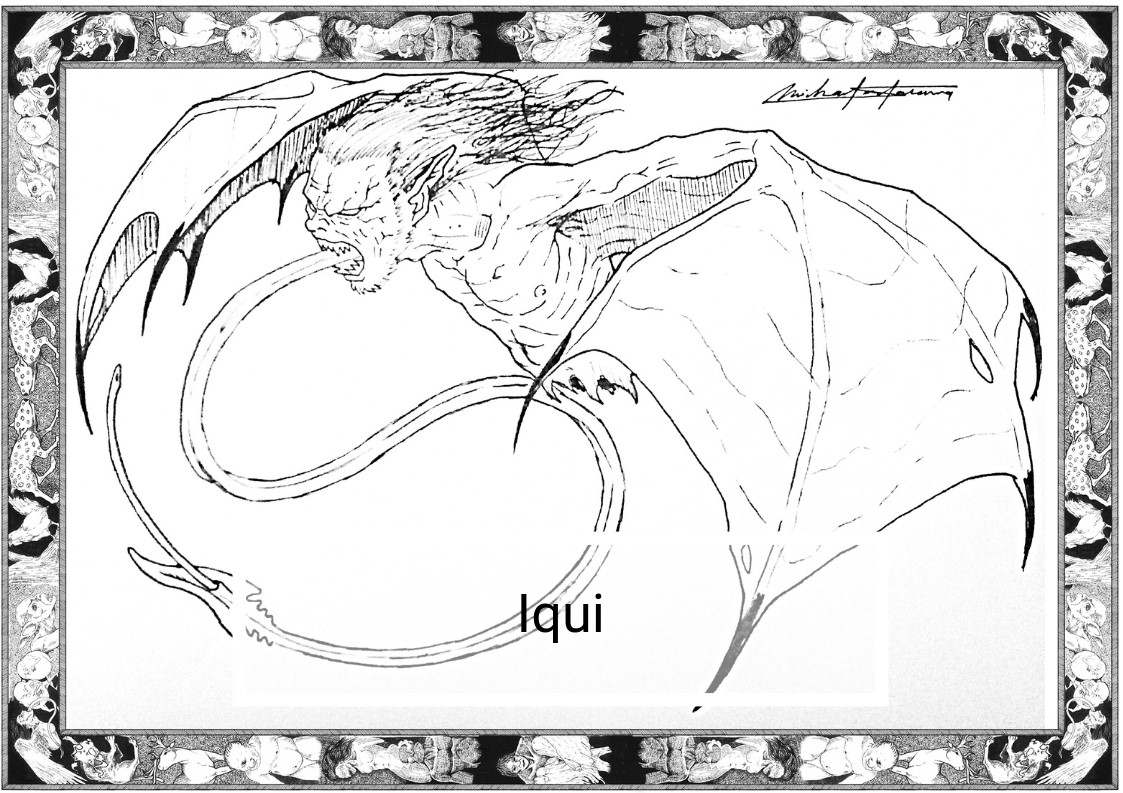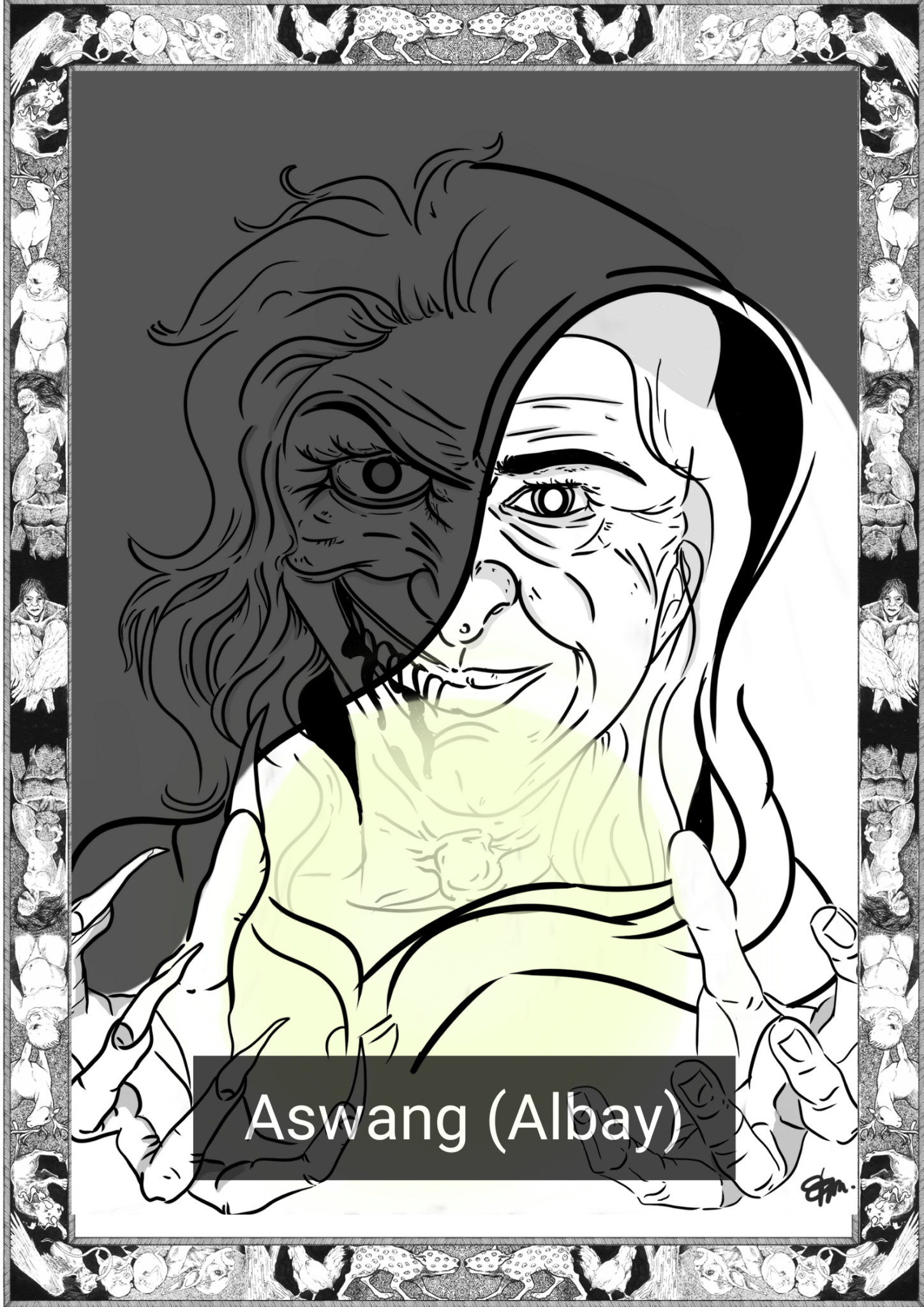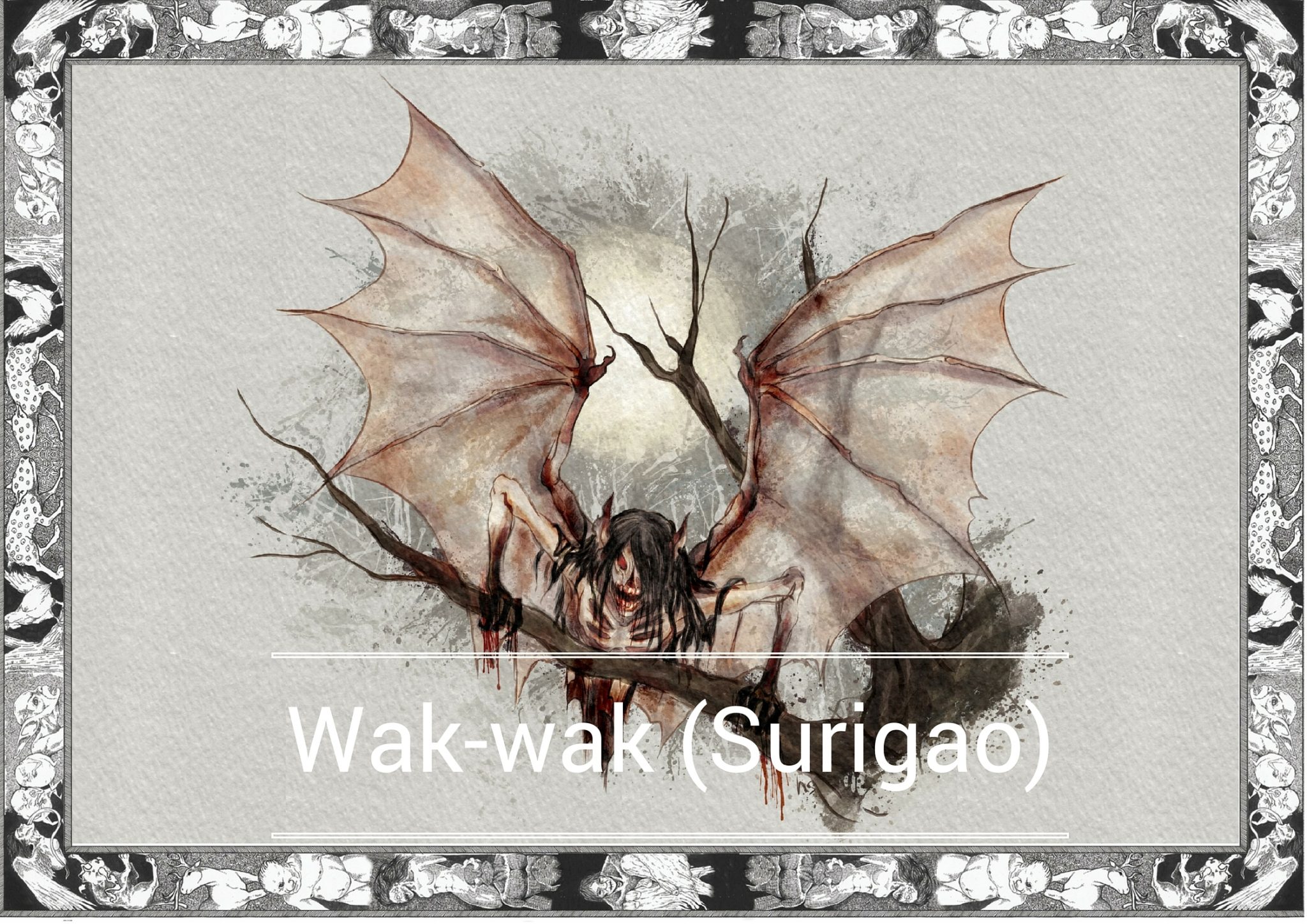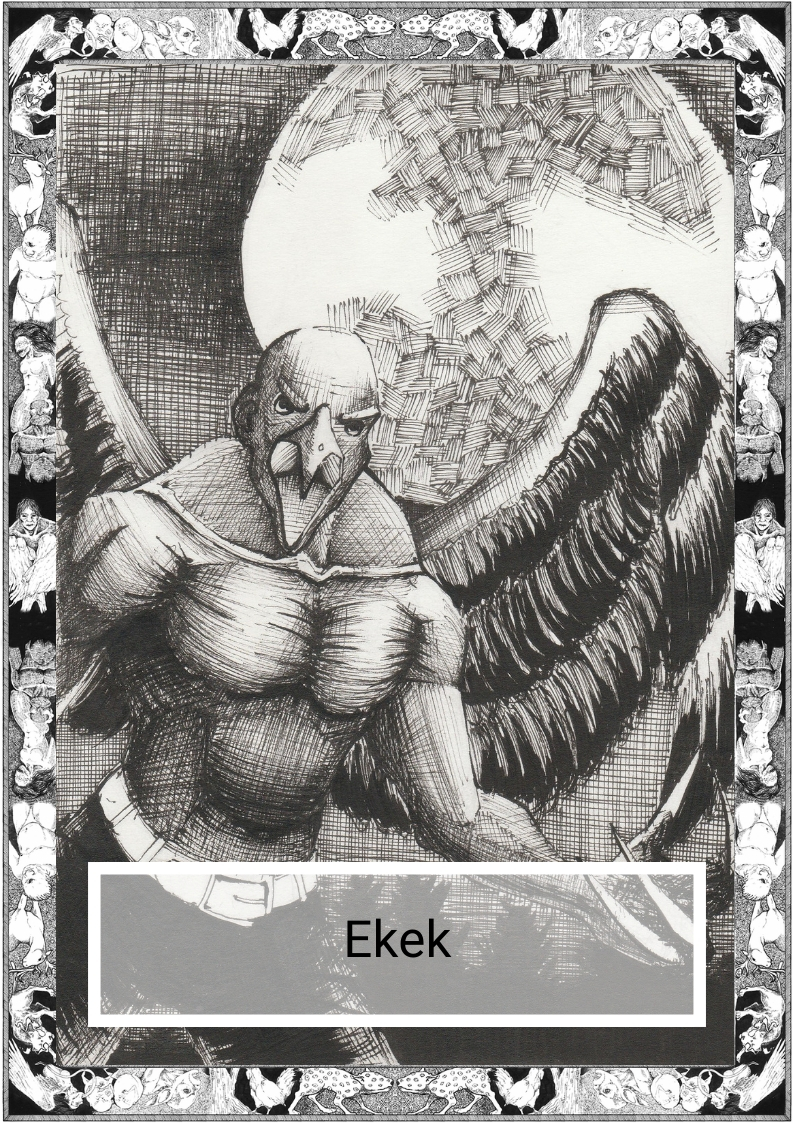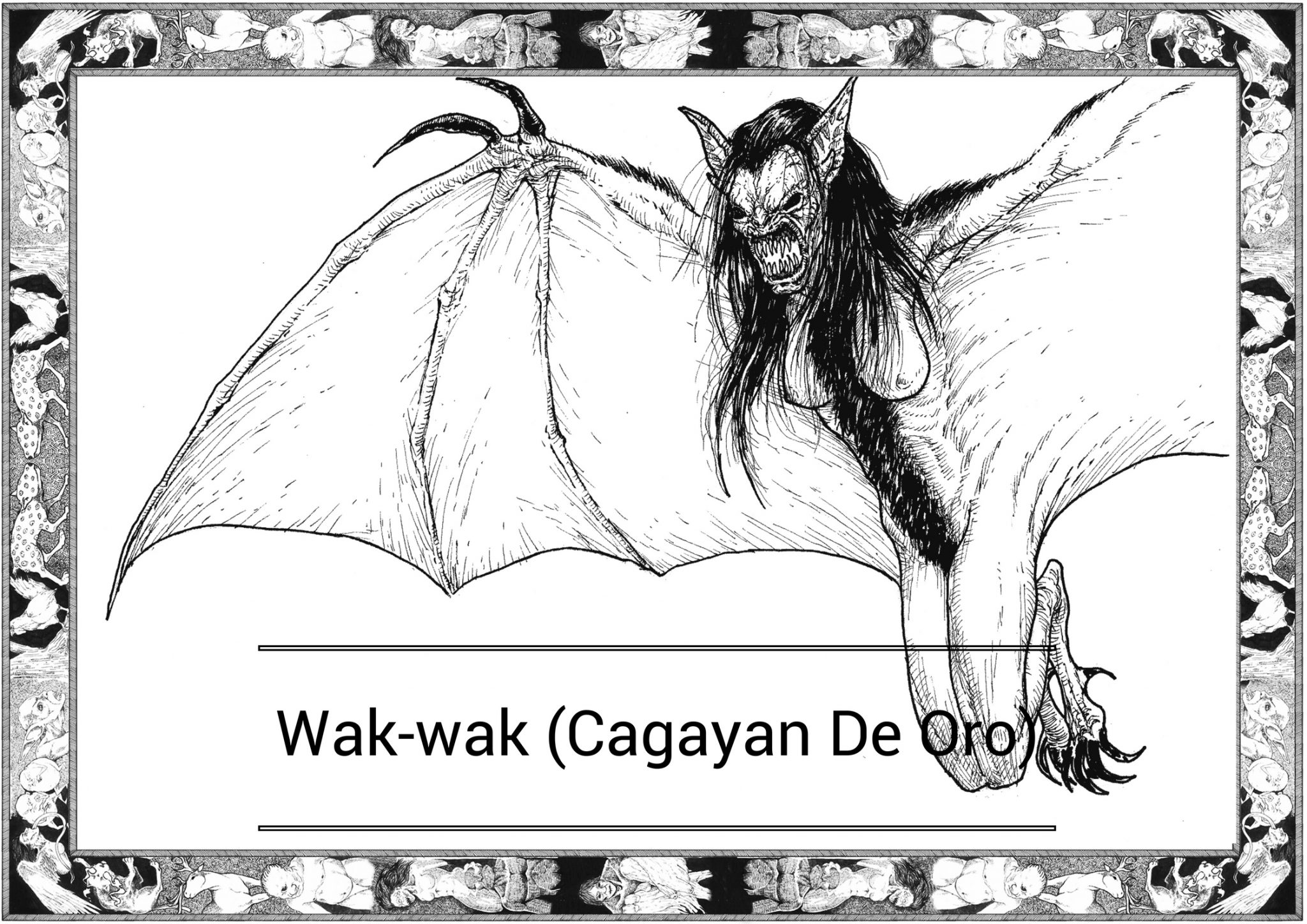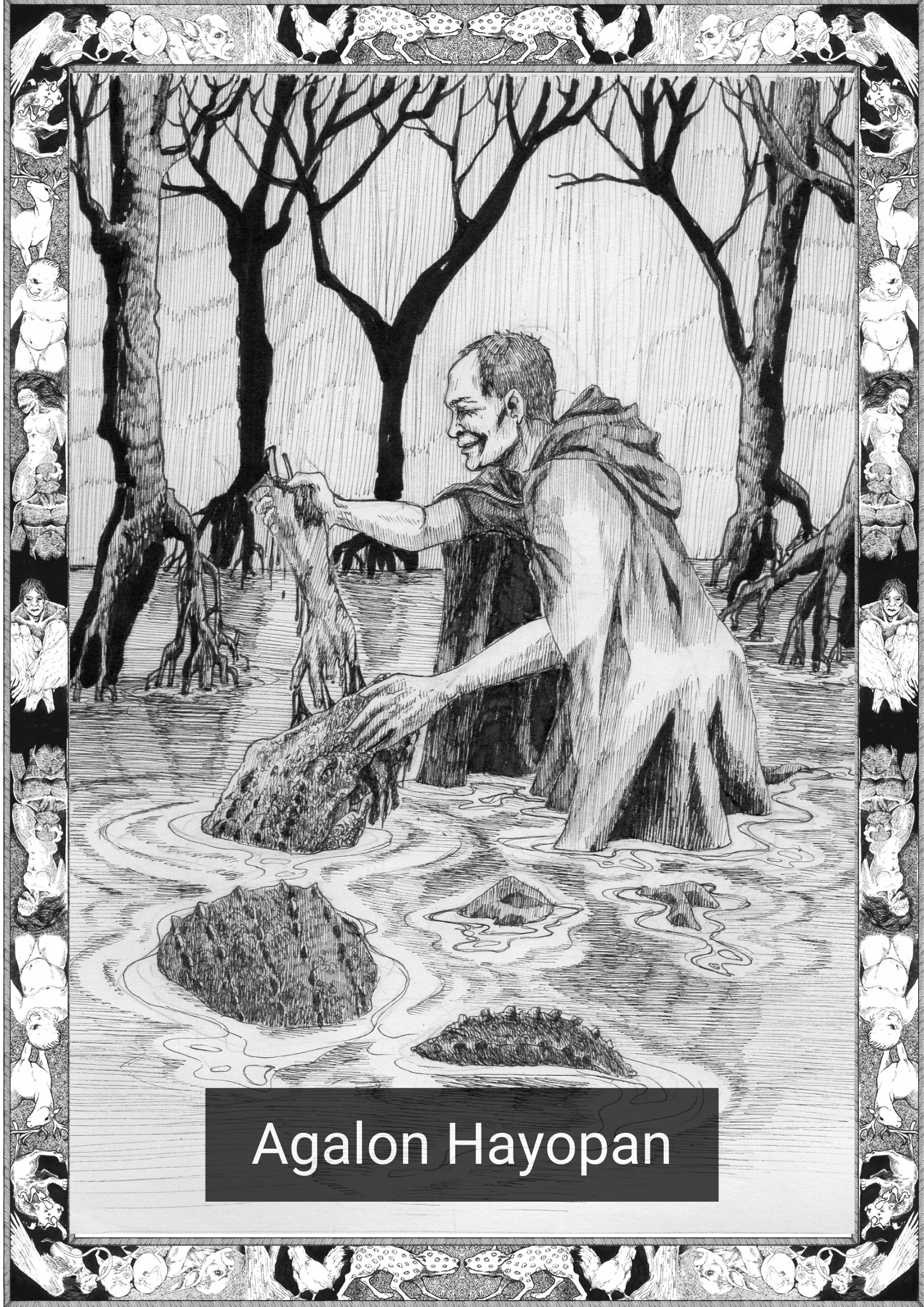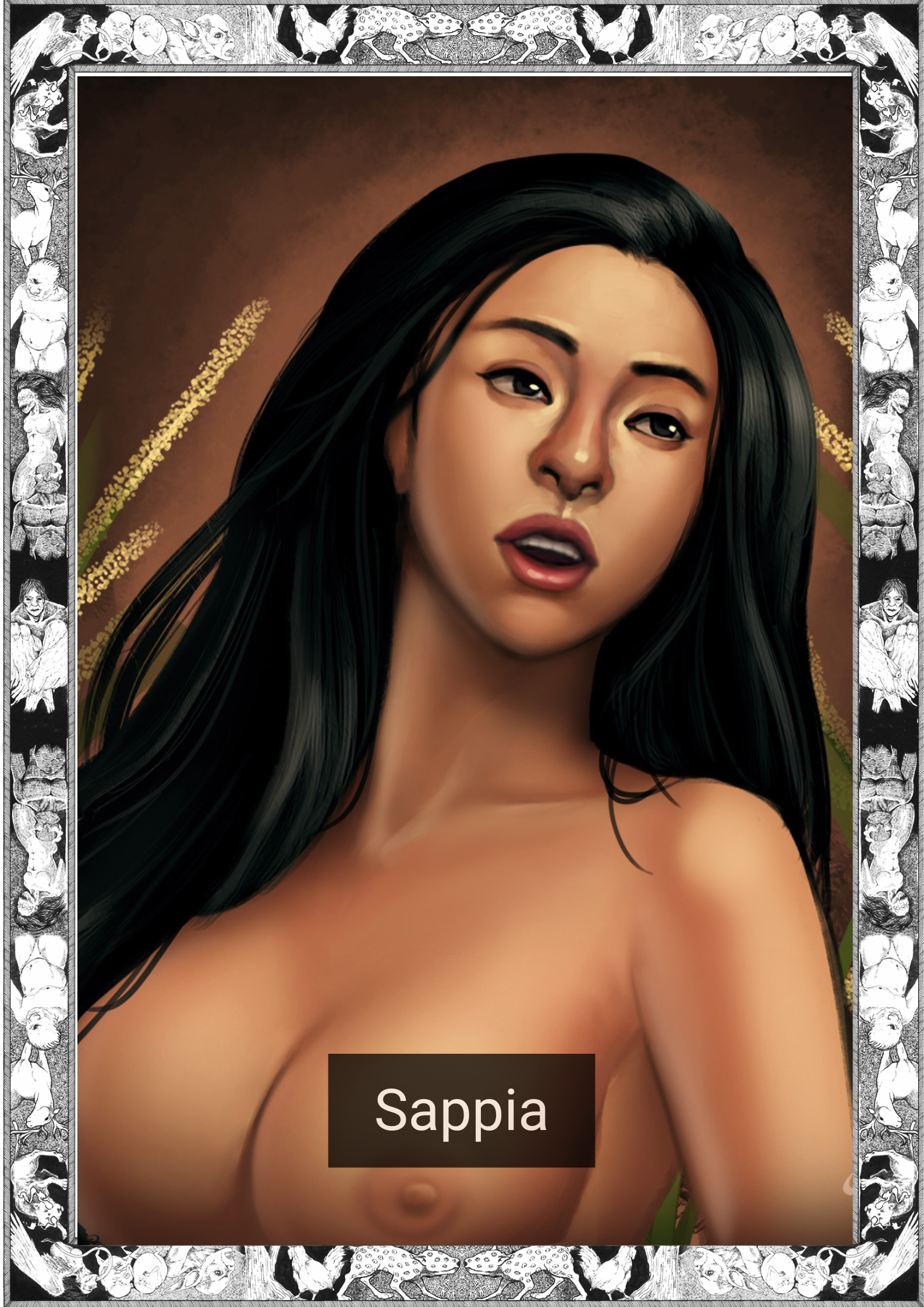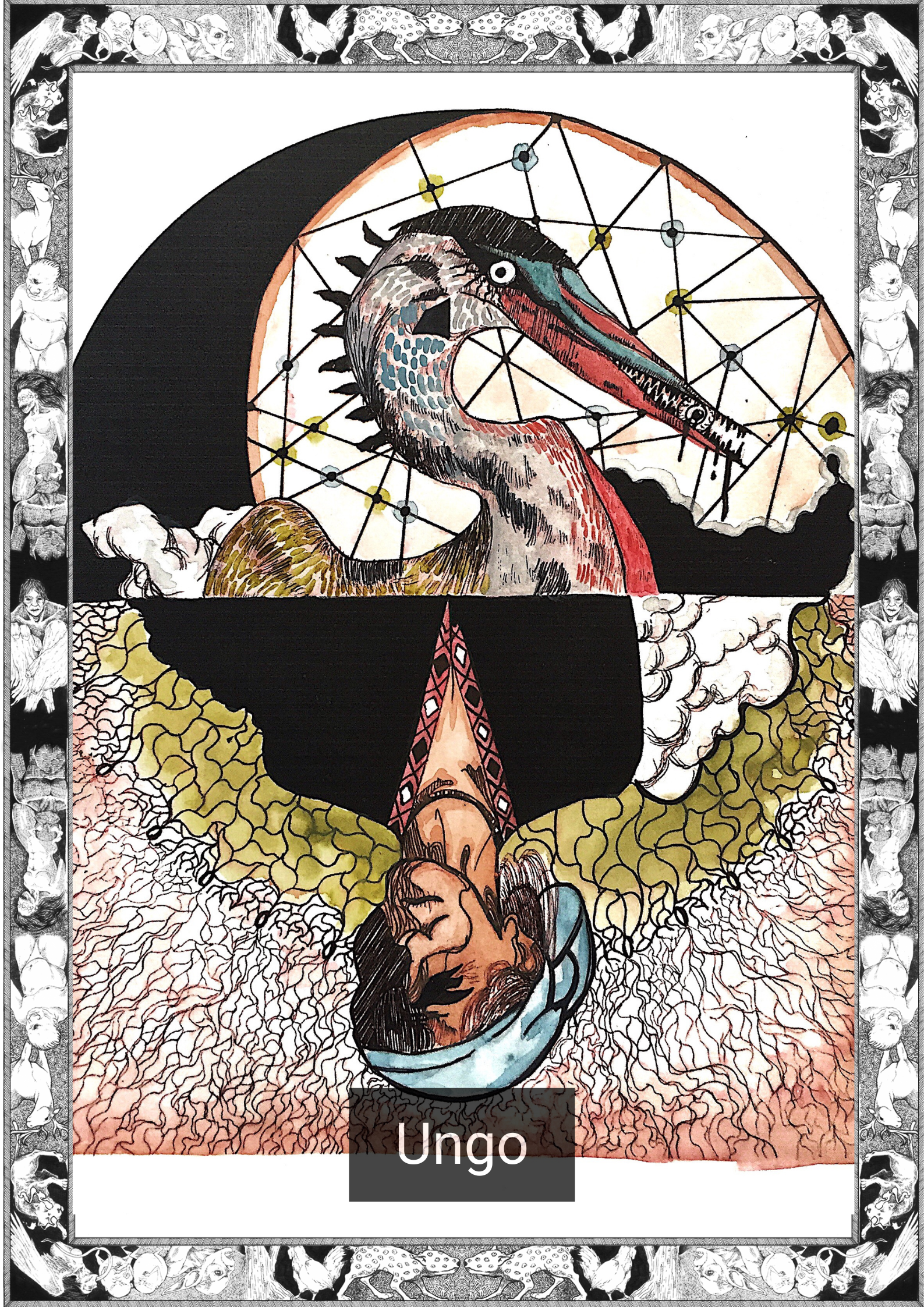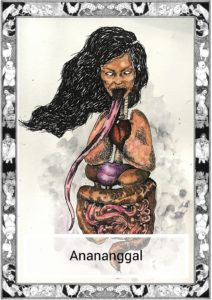
*Note this story is in Aklanon
“Selamat pagi!” duyon du hambae ni Aish kang sa ana nga lengwahe, eagi man ako nga nagsabat kana it “Nasadyahan gid ako nga makilaea ka”. Bag-o ra imaw iya sa amon, exchange-student imaw ra nga naghalin sa Malaysia, naila kuno imaw nga makakita it manami nga mga lugar iya sa Pilipinas. Daya ru rason ham-an iya kami makaron sa katunga-an it katunggan it Negros.
Owa man sa owa ako naila mag-iba ka na, ugaling hay bukon ko man abi it hilig ra. Natawo ag nagbahoe abi ako syudad. Kaya owa gid-ang naila sang sitwasyon kung siin ako makaron. Kabu-abo nga puno, puro gid lang kalinghutan ang nakikita ag mga limang oras eon du nagtaliwan hay owa gihapon ako kapangape. Indi tang siguro mabuhi iya.
Pagkatapos namon mag-binaktas it kaeawig-eawig nga abi mo owa eon it katapusan, naka-abot man kami sa kampo. Ginglibot eagi ni Aish du lugar agud magbuoe it mga kodak para kuno sa ana nga souvenir book. Ako mat-a hay naaywan sa kampo ag gina-inisip kung paalin naging uso du mga makara nga klase nga aktibidades. Para kakon abi hay du mag-saka sa bukid ag magbinakatas it kaeayo-eayo hay bukon man it masadya, kagaoy pa ngani. Ag sigurado gid ako nga pagkatapos kara hay indi eot-ang gid mag-uman pa.
Nag-sab-it ako it duyan ag naga-paduyog, gusto ko abi maka-tueogan biskin sangkiri bago kami mag-pahaom it ihapon. Tiprano man abi nagdueom ag kahayag pa du buean imaw ngani manami gid magkatueog anay. Kunta eang hay mag-damgo ako it manami.
“Penanggalan! Penanggalan!” nabugtawan ako sa pag-singgit ni Aish owa ako kasayod kung sambilog eoman to sa ana nga Malaysian nga haeambaeon, ag makaron abi hay bukon tang-it interesado masayran eon. Ging-uylog ako ni Aish sa akon nga duyan. ”Siin eon du atong pagkaon?” ana pa nga hambae.
“Nano kat-ing Aish hay—” owa ko hapadayon ang inughambae kat hakit-an ko kat gasunod ka na. Sayod ko gid to, isaea ka ungga-ungga o kung duyon gid man anda nga tawag kato iya sa lugar nanda. Igto ta abi sa amon sa Bikol anananggal among tawag karun. Du mga ibang grupo it mga taga-iya hay ginapang-hadlok nanda sa mga turista du aswang kuno nga ga-eupad nga gaguwa du tina-e. Owa eota-ang gid nag-isip pa ag dumaeagan eot-ang it kadasig-dasig. Dapat owa lang ako nag-panaw iya man, nagpabilin lang kunta ako sa baeay.
“Siin du pagkaon?” singgit eoman ni Aish, “Owa eot-a kita it oras nga isipon pa ing kagutumon ngarun!” singgit ko man ka na samtang sige kami ga-dinaeagan nga daywa. Indi ko eota-a gid maeub-tan du mga Malaysians ngara. “Owa tang gahinangae!” sabat na pa kang. Hay alin pa gid, kung gusto na ta kumaon bago imaw du kan-on hay indi ko eun imaw pag-pug-ngan. “Igto sa likod it atong tent.” Akong sabat ka na.
Dumaeagan paagto sa tent si Aish ag sumunod du ungga-ungga ka na. Sa minatuod eang, bukon ako it maisog pero amego ko man si Aish. Kinahang-ean ko gid nga balikan ag buligan imaw. Nakita ko imaw nga gabuyot it pinya ag ging-eapog na dayun sa ungga-ungga. Sa anang pag-eapog ngato hay sakto gid nga umigo sa ungga-ungga. Owa ako kasayod sa nagka-eatabo pero pagka-igo na it pinya hay sumiyagit du ungga-ungga ag eumupad paeayo.
Indi gid ako kapati sang hakita, tumindog ako ag tinueok si Aish.
“Sa akong ginhalinan, du pinya hay ginapatubo bangud du anda nga tunok hay gina-obrang pangontra sa Penanggalan. Du mga tunok kuno hay gaadto sa anda nga baga ag tina-e dahilan nga indi eon dayun sanda kaeupad it mayad. Sayod ko magana man dun iya” naghibayag dayun si Aish kakon nga madya owa eang ka na du natabo kaina eang. Ging-dawatan na dayun ako it pagkaon ag naghambae nga
“Gutom ka eon?”.
–=================================-
English Version
“Selamat pagi!” Aish greets me in his native language and I reply “Nice to see you.” He’s a new guy, an exchange student from Malaysia who wanted to see what the Philippines had to offer so here we are. In the middle of Negros backpacking through the “great” outdoors. Yay.
It’s not that I don’t like being a tour guide, but that would be a lie. I am a city boy, born and raised and I do not like it here. There are too many trees, there’s too much green and I haven’t had coffee in 5 hours. I don’t think I’ll survive this.
After a trek that seemed to last forever we finally hit camp. Aish goes around the area to take some nice pictures for his souvenir book and I’m left at the campsite wondering how this sort of thing is popular these days. Trekking through the mountains is just not my idea of fun and after this trip I don’t think it will ever be.
I lay out a hammock and try to take a small nap before preparing dinner. The sun set early tonight but the moon is full so it isn’t that inconvenient. I close my eyes and hope that I get to dream about something good.
“Penanggalan! Penanggalan!”Aish’s shouts wake me up and I don’t know if it’s another one of his Malaysian customs, but right now I am not interested in a cultural exchange. Aish shakes me from my hammock and says, “Where is the food!?”
“Look Aish—“ I stop mid-sentence when I see her. It. I know what that is. An ungga-ungga or at least that’s what they call it in these parts, back in Bikol we just call them anananggal. The tour groups would always try to scare tourists with stories of the witch that flies with its guts hanging out. I don’t take another moment before I run like hell. I should have stayed in my house.
“Where is the food?!” Aish shouts again. “This is no time to think about your stomach!” I scream as I run alongside him. I don’t think I’ll ever get Malaysians. “I’m serious!” he shouts again, so why not, if the guy wants his last meal then I won’t stop him. “It’s behind the tent.”
Aish dashes to the tent and the ungga-ungga follows him. I was never the brave one but Aish is still my friend. Kind of. I have to run back and get him. I see him with a pineapple and he throws it at the thing and hits it. I don’t know what’s happening but the ungga-ungga screams and flies away.
I just stand there, confused.
“Where I come from, pineapples are grown because their thorns keep the Penanggalan away. The thorns go into their lungs and intestines which makes it harder for them to fly. I knew that would work just as well here.” Aish smiles and hands me some snacks.
“You hungry?”
=———————————–=
*The Anananggal is called the Ungga-ungga in Negros, and Wuwug in Eastern Visayas. It is very similar to the myths of the Penanggalan found in the Malaysian archipelago.
*Aklanon (Akeanon), also known as Bisaya/Binisaya nga Aklanon/Inaklanon or simply Aklan, is an Austronesian language of the Bisayan subgroup spoken by the Aklanon people in the province of Aklan on the island of Panay in the Philippines. Its unique feature among other Bisayan languages is the close-mid back unrounded vowel [ɤ] occurring as part of diphthongs and traditionally written with the letter ⟨Ee⟩ such as in the autonyms Akean and Akeanon. However, this phoneme is also present in other but geographically scattered and distant Philippine languages, namely Itbayat, Isneg, Manobo, Samal and Sagada.
Written by Karl Gaverza
Aklanon Translation by Glenilyn Ilejay – Dagui
Copyright © Karl Gaverza
Translation Copyright © Glenilyn Ilejay – Dagui
Inspired by the Ananaggal entry in Bikol Beliefs and Folkways: A Showcase of Tradition. Nasayao 2010.
Anananggal Illustration by Leandro Geniston fromAklat ng mga Anito
FB: That Guy With A Pen
Watercolor by Catherine Chiu
FB: Wildling Child
IG: https://www.instagram.com/
